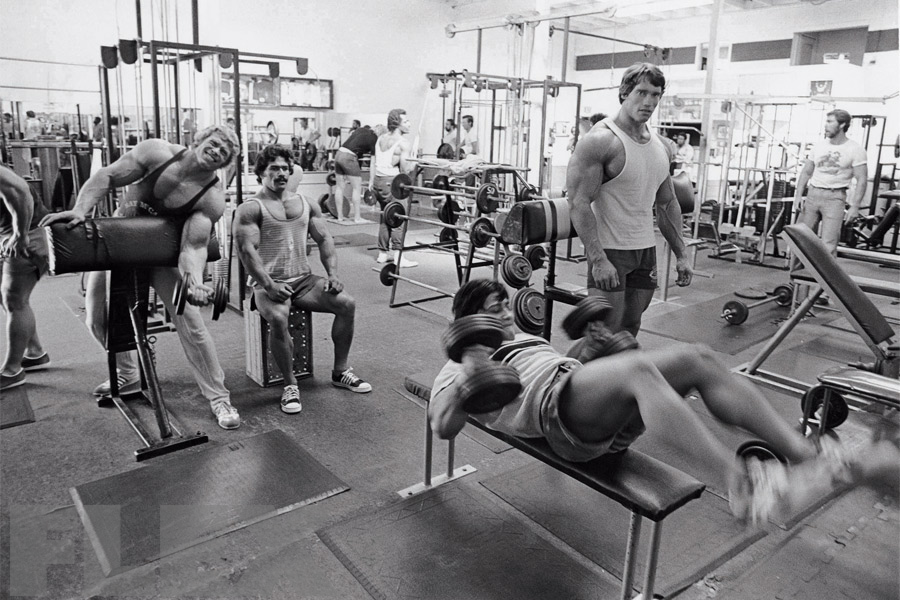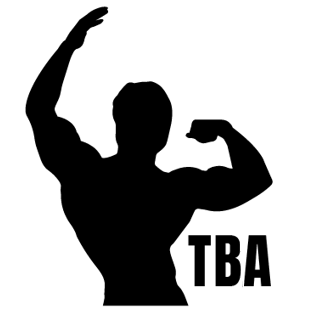The early days of bodybuilding focused on push-pull-legs and full-body workouts. The modern era is all about body part splits. This is where you train one body part per workout. The typical “bro split”.
Monday: Chest
Tuesday: Back
Wednesday: Legs
Thursday: Shoulders
Friday: Arms
Commercial gyms are full of lifters following a body part split routine. There are many reasons why it’s appealing.
Easy to Follow
The biggest reason body part splits are popular with beginners is that it’s hard to get wrong. Every workout focuses on one muscle group. As long as that muscle get’s trained, you’ll make progress. Beginners also make progress much faster than experienced lifters. This provides evidence that it works so they continue.
Allows for Volume & Variation
The goal of the body part split is to target one muscle group per session. It allows for lots of variation. You can regularly change the order of exercises and prioritise different movements. One month you could focus your chest day on the bench press. The next month could have a dumbbell focus. The only real criterion is that the muscle group gets trained to its full capacity.
Massive Pumps
As you only train one body part per workout, you can get massive pumps. A pump is when the blood flows to the working body part making the skin feel tight. This also helps build a mind-muscle connection, which is very important.
Training in this way feels good. Destroying the muscle fibers of one body part for an entire session makes you feel exhausted. You get sore the next day and think that’s the indicator of a successful workout.

Not Enough Stimulus
The major problem with body part splits is the frequency in which you train each muscle group. If you train every week of the year, each muscle gets trained 52 times. That’s not a lot. Full-body routines will target each muscle group up to three times more.
Research has shown the optimal training stimulus is 2-3x per week per muscle group. The body part is too much volume per workout and not enough frequency per week. The research is clear. It’s better to train with less volume per workout and with more frequency per week.
Requires Consistency
One of the major problems with body part splits is the consistency required. Each workout focuses on one body part. If you miss that workout, you don’t train the muscle group that week. This adds up over the course of a year and soon you have lagging body parts.
This is common for leg days. Most new lifters hate training legs. If they can only make it to the gym four times a week, leg day gets cut from the routine. Over the long run, this will cause imbalances.
Overkill for Beginners
Training one body part for an entire session is overkill. Most bodybuilders don’t need an arm day, especially if you’re new to lifting. Smaller muscle groups don’t need an entire session dedicated to them.
Beginners will waste a lot of time following a body part split. They’d be better off focusing more on compound lifts and bodyweight movements. This will build a strong foundation and result in greater muscle growth.
Body part training has some benefits, but for most, it’s not the optimal training method. The body part split is best for advanced lifters or enhanced bodybuilders. Steroids allow for greater volume and training intensity, and faster recovery. If you’re natural, you’re hindering your progress.
Natural bodybuilders would benefit more from less volume per workout and more frequency. Stop following the routines of enhanced influencers. Steve Reeves has a great full-body routine for natural bodybuilders which you can read here.
Above all else consistency is key. If the bro split is the only routine you’ll follow consistently, then it’s the best option for you. The programmes you’re going to follow is the one you’ll see the most progress with.
Even bad training programmes get good results if done consistently.


